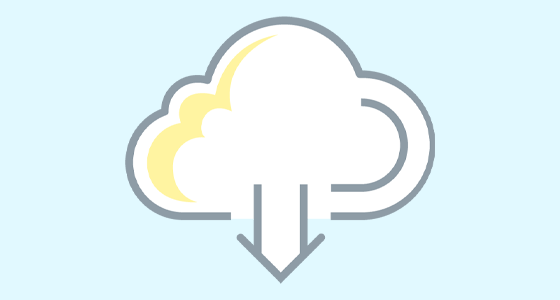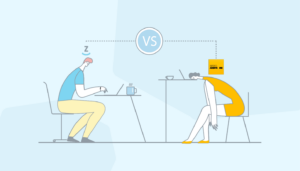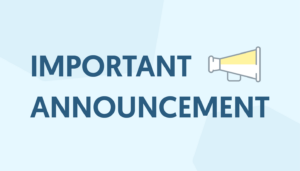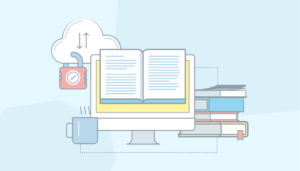If you are selling online as a brand, wholesaler or distributor, there are a variety of ways to connect data between systems for a B2B integration. Connecting data has all sorts of time-saving benefits, as well as a reduction in data entry errors.
Here are key ways you can connect systems:
- Direct (first-party) connectors
- Third-party connectors
- Application Programming Interfaces (APIs)
- Data push/pull systems
Here’s how each can be leveraged successfully.
1. Direct (first-party) connectors
Nowadays many B2B Ecommerce platforms will offer a handful of direct connectors. These are usually ones that their customers most often need, or come up the most in conversations in sales.
A first-party connector is generally well maintained because of the importance to the platform. This means you can expect it to be a reliable method of transferring data between the platforms. They will also be easy to set up given their direct implementation into a solution.
Zoey, for instance, has first-party connections built to solutions such as QuickBooks Online, Netsuite and Salesforce.
2. Third-party connectors
Most third-party connectors come in one of two flavors: Custom built between two platforms, or a large system that is designed to connect any two supported systems together (such as Zapier).
For custom-built solutions, they can be pretty specific to the platforms they connect. This is usually good as that means it’s purpose-built and can go deeper than other types of connections.
By comparison, the larger systems can connect all sorts of platforms together, but the amount of data supported can vary widely based on the integration type and what each endpoint supports.
3. Application Programming Interfaces (APIs)
You can make your own connections (or have a developer do so on your behalf) by leveraging APIs from the solutions you have, and having connectors created between them.
Most B2B Ecommerce solutions have APIs to support a wholesale integration. Well-documented and mature APIs can make it easy to have the hooks needed to push and pull data.
4. Data push/pull systems
Other data solutions can help move data as well. Webhooks can send data when an event occurs, such as an order created or customer updated. SFTP and other two-way data sync protocols can allow files to be uploaded and downloaded on a schedule.
All of these solutions are designed to further improve data accessibility, making it easier for your systems to communicate, and for your team to have the data they need in the format they need it.
B2B Integration to Zoey
Zoey has a strong data accessibility focus with all of these options available to send and receive data. Contact us to learn how Zoey can be part of your wholesale integration ecosystem:





